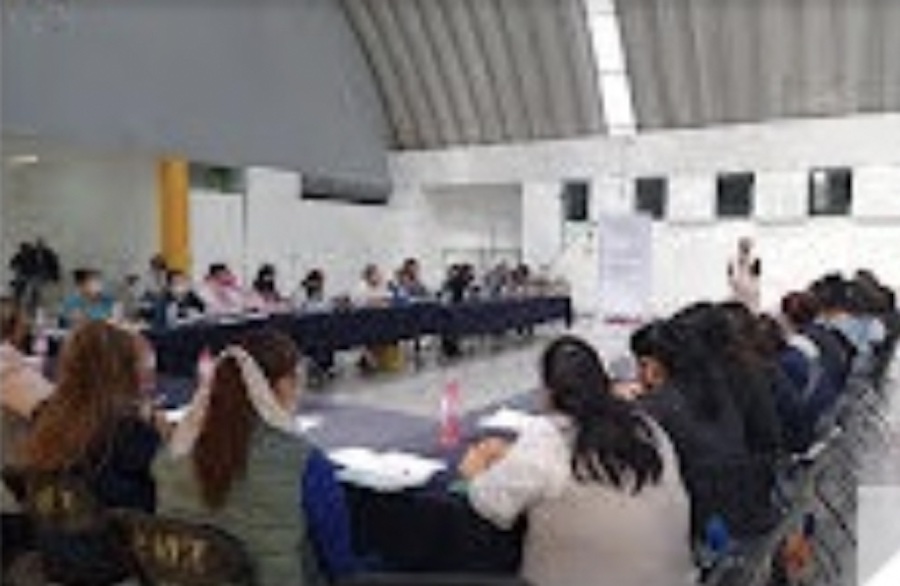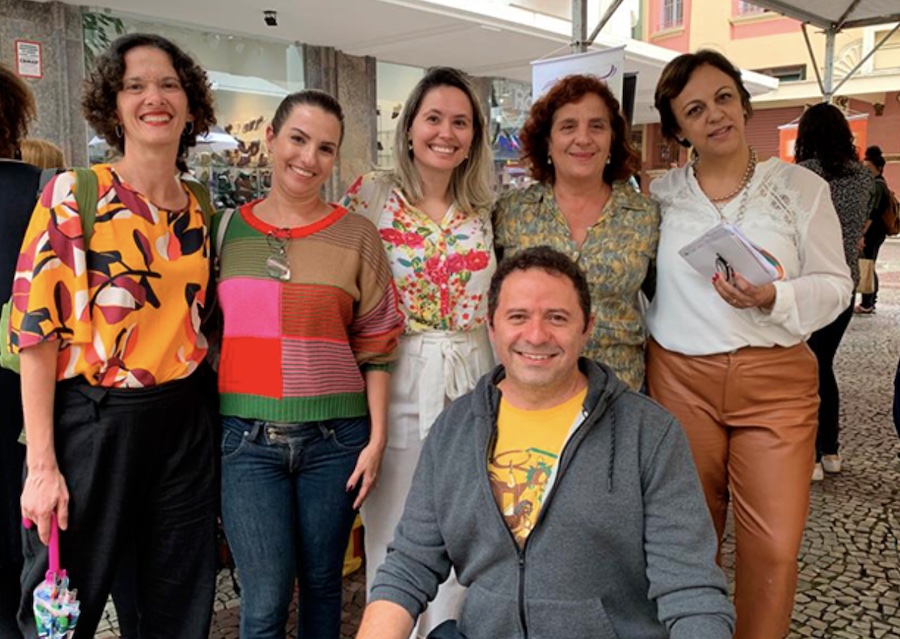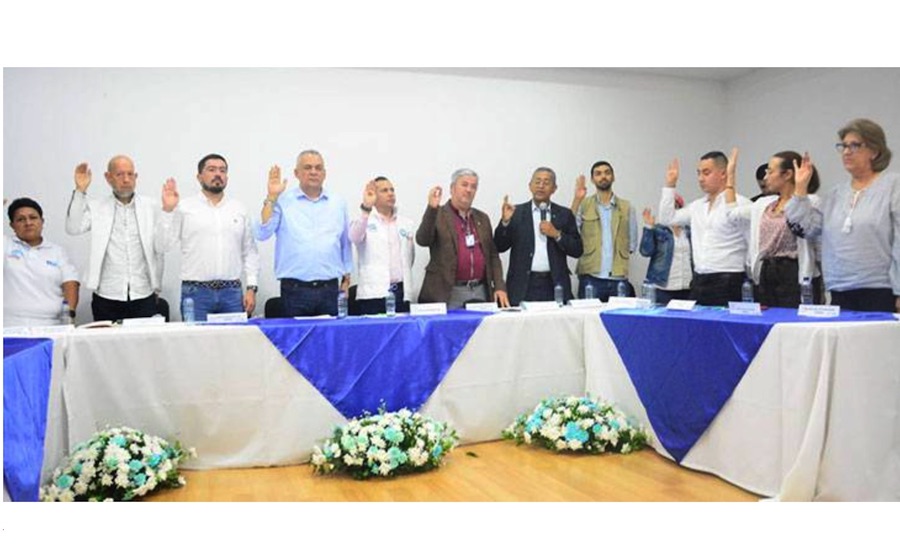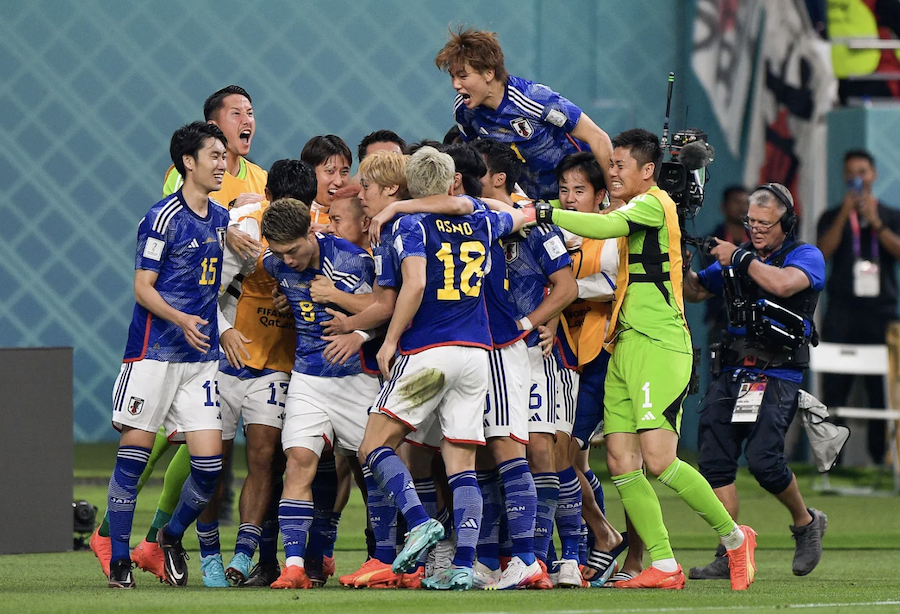DISARMAMENT & SECURITY .
An article by Richard Miller in Common Dreams (licensed under Creative Commons CC BY-NC-ND 3.0)
(Editor’s note: We recently published an article in CPNN with polls showing that a majority of Russians no longer desire the war with Ukraine despite the dictatorial suppression of opposition to the war by the Putin regime. Now here is an article with polls showing similar results in Ukraine despite the dictatorial suppression of opposition to the war by the Zelensky regime.

Since negotiations with Russia ended in late March, the president of Ukraine has proclaimed a goal of uncompromising victory: “Free our entire territory. Drive the occupiers out of all our regions.” The battle to achieve this victory has relied on a vast surge of military equipment, of steeply increasing sophistication, destructiveness and reach, provided by the United States, in military aid in excess of $15 billion . How well does the uncompromising battle fit Ukrainians’ desires? Not well enough to justify the U.S. government’s encouragement and support.
There is no doubt that the vast majority of Ukrainians want Russia to leave the territory it controls. Even in eastern regions controlled by pro-Russian separatists, only a minority wanted to be part of Russia, pre-invasion. And, of course, there is no doubt that the consequences of battles to drive Russia out of Ukrainian territory are, to put it mildly, undesired. In the estimate of the chairman of the U.S. Joint Chiefs of Staff, well over 100,000 Ukrainian soldiers and as many as 40,000 Ukrainian civilians have already been killed or wounded. Seven million people have fled abroad , from a country where forty one million had lived outside of Crimea before the war, and six and a half million are internally displaced by the war’s devastation. But the moral justification of U.S. support and encouragement for an uncompromising battle depends on a more difficult question, “To what extent do people where the carnage of an uncompromising battle would be concentrated support it despite its toll?” The most defensible answer is an important reason why the U.S. should change course.
Polls of Ukrainian opinion exclude some areas where the toll of an uncompromising battle to expel Russia would be especially severe. A large majority of people living in Crimea identify as ethnically Russian. There is no reason to suppose that they would willingly endure the brutal mayhem required to restore Ukrainian sovereignty. Russian-controlled areas in the east that included extensive separatist-controlled territory pre-invasion are not surveyed now. In the 2019 poll of people in separatist-controlled regions that I cited, conducted by a Berlin-based think tank, 45 percent supported integration with Russia and 31 percent supported special autonomy status within Ukraine. The only news story in U.S. media that I am aware of that is based on extensive on-the-ground interviews in contested separatist regions was published in the New York Times on January 16 this year; it reported widespread support for separatism, substantial opposition, and the longing of most people for the end of the grave burdens of conflict that they had already endured.
(Continued in right column)
Can the peace movement help stop the war in the Ukraine?
(Continued from left column)
In polls of the remaining territory, responses favoring an uncompromising battle are much less common where its carnage would be concentrated. For example, in a May 19-24 telephone poll by the Kyiv International Institute of Sociology, 61% supported continuing “opposing Russian aggression until all of Ukraine, including Crimea, is under Kyiv control,” but in the east, where dangers of carnage are greatest, this was the response of a minority, 45%. This tepid response is already disturbing, given the geographic limitation. KIIS’s comment on a May survey points to another, non-geographic factor: “In our opinion, a more significant impact on representativeness may have [been] either a lower willingness to participate in polls of citizens with ‘pro-Russian’ moods, or the insincerity of those who still took part in the poll (given the obvious facts and prevailing views in the media about the Russian invasion, some citizens ‘publicly’ do not want to say what they really think).”
A long history of political repression contributes to that reluctance. Since well before the current invasion, Zelensky has vigorously repressed potential sources of support for concessive negotiations.
One dual target has been the second-largest party in parliament, the Opposition Platform for Life, which is inclined to accommodation of Russia and led Zelensky’s party in some polls when the repression began, and Viktor Medvedchuk, its chairperson and major financier. On February 3, 2021, three television stations owned by Medvedchuk were banned . Though it lacked the constitutional authority to do so, Ukraine’s National Security and Defense Council seized Medvedchuk’s assets on February 19, 2021 and put him under house arrest in May. These measures were followed by imprisonment shortly after Russia’s invasion. By the start of 2022, the government had banned most of the main opposition media. On March 20, 2022, Zelensky banned eleven parties, including the Opposition Platform, and signed a decree merging all national TV channels into a single platform.
These actions, along with many other restrictive measures, help to explain why Freedom House’s “democracy score” for Ukraine throughout Zelensky’s presidency has been substantially lower than Hungary’s under Viktor Orban. Prior to these constraints, a June 2017 poll of people outside the separatist regions and Crimea asked about compromise with Russia and separatists for the sake of peace in the eastern provinces. 52 percent responded that “it is necessary to accept compromises, but not all of them.” 18 percent (25 percent in the east) endorsed the option, “Peace ‘at any price,’ it is necessary to make any compromise – with anyone and on anything.”
Faced with challenges to U.S. support for an uncompromising battle, its defenders claim that it reflects the will of the people of Ukraine. If most of those who are in most danger do not willingly accept the price of what the U.S. sustains and encourages, this is a powerful reason why the U.S. should change course.
After nine months of war, carnage and surging armament, concessive peace is still feasible, a peace that the U.S. could promote by moderating its acceleration of military provision, moderating the tone and content of its public calls for Ukrainian victory, and engaging in quiet diplomacy with both sides. It would consist of ceasefire around lines of control not recognized as sovereign borders by Ukraine or Russia, lines including Russia’s control of Crimea and of significant gains since its invasion: substantial expansion in Luhansk and Donetsk beyond the eastern regions that separatists had controlled and a wide southern corridor from there to Crimea, removing pre-war obstacles to supplies and water. Respect for the desires of people in Ukraine is no excuse for rejecting this change in the U.S. response to the Ukraine war.








